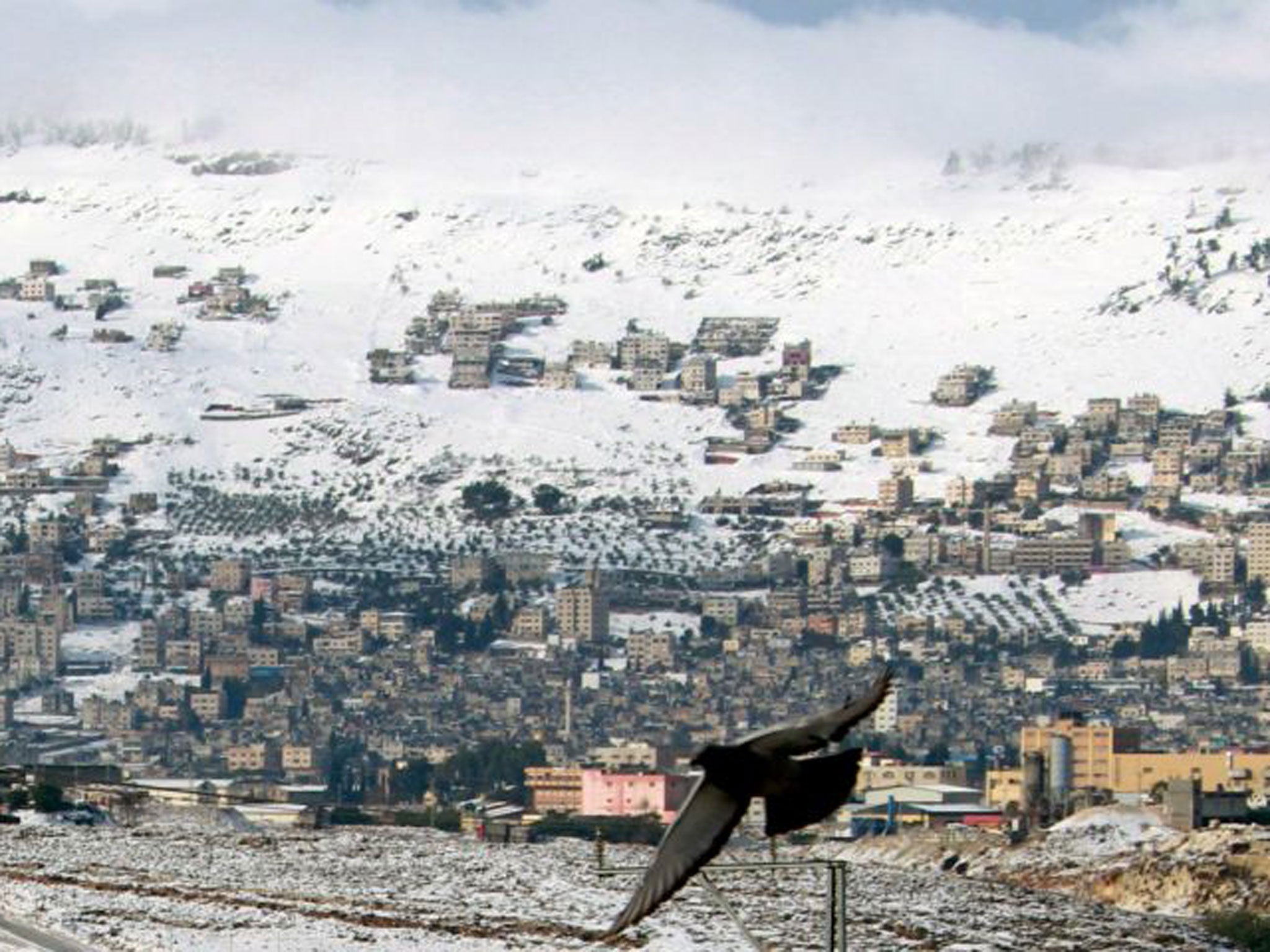
The snaking snow-topped cars stretching around the powdery white hill and sliding around in slushy grey roads on the TV news looked like any gridlocked winter town. But these cars were filled with families hoping to glimpse Jerusalem covered in thick snow last week and the demand caused miles of blockages. The picture perfect scenes of the city led to Israelis having to abandon vehicles on the approach for the night after the roads became too dangerous to pass. The following day the TV news reported that some of the roads were beginning to open and the people of Jerusalem, after being told to stay at home, were back to completing their daily tasks – getting bread and food and going to work.
But the cobbled streets of the old town were not designed for snow and reports of more than 100 people injured after slipping in the ice and slush followed.
This was the largest snow fall in decades. By the third day Jerusalem was awash with bright sunshine, blue skies and dripping water as the snow melted. The souk stalls had a hard job of stopping leaks between their tarpaulin roofs and cobbled stone paths were partly taken over by mini torrents of ice-cold water. People hit with power cuts due to falling cables began to be helped. Further south in Tel Aviv, the rain had gone and the sun was shining. The brief “winter” was replaced by 65 degrees and clear blue skies. Sunglasses were back on and ice cream parlours were doing a roaring trade. Although by Israeli standards, the warm air was still “chilly” enough to warrant a hat and coat.
Join our commenting forum
Join thought-provoking conversations, follow other Independent readers and see their replies
Comments